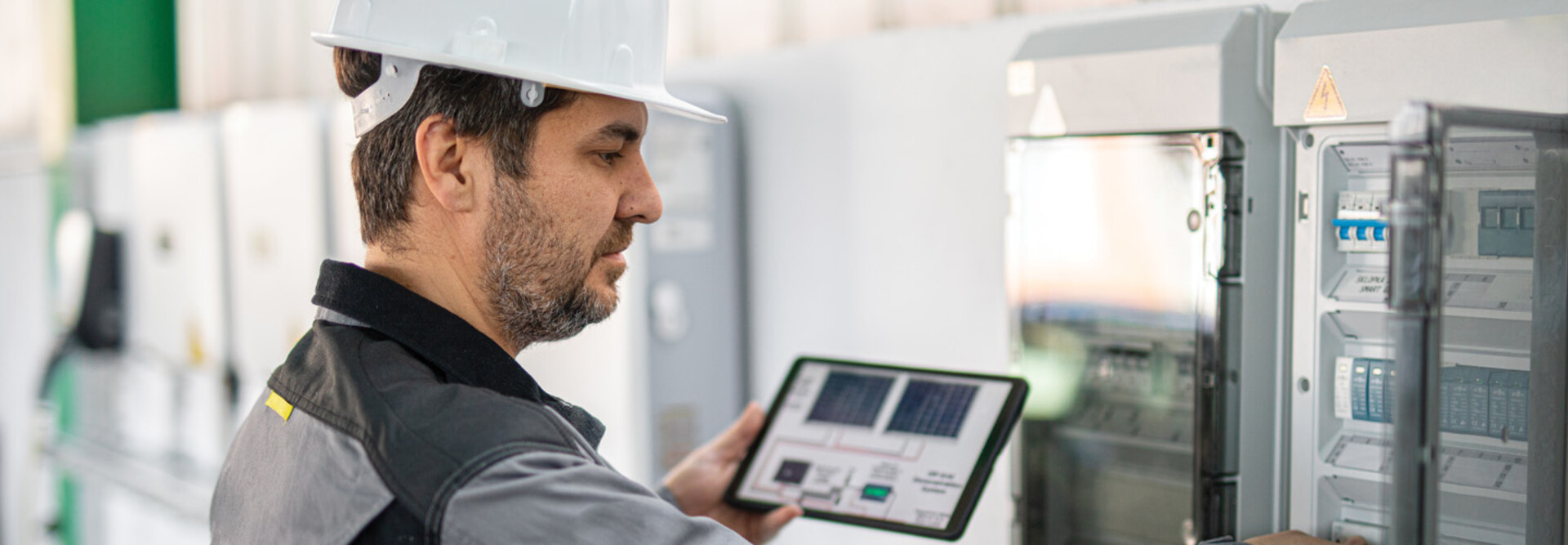What Is Energy as a Service?
An outsourced business model, EaaS allows universities to meet their energy needs without having to own energy infrastructure or make large capital investments. Instead of buying and maintaining energy systems, the school pays a subscription or usage-based fee to a third-party provider.
“EaaS empowers universities to modernize energy infrastructure through unique contracting methods that provide predictable payments and guaranteed performance,” says Drew Gravitt, microgrid senior sales director for Schneider Electric North America.
Why EaaS Matters in the Age of AI and High Energy Demand
Campuses are under pressure to deliver more power, reliably. That’s driven in part by the rise of power-hungry AI applications.
“AI and data infrastructure: That’s a 24/7 operation. It doesn’t slow down, it doesn’t stop. And that higher-capacity requirement is leading people to look for new solutions,” says Lalit Agarwal, president and chief executive officer at APPA (formerly the Association of Physical Plant Administrators).
AI isn’t the only driver here; the rise of electric vehicles is also pushing up the demand for energy. “If you have a fully electric fleet, then those vehicles will have to be plugged in,” Agarwal says. That charging will typically happen at night, when campuses previously might have seen a lull in energy demand.
Along with microgrids and other creative energy strategies, EaaS can help higher education “to meet this demand with resilient, scalable systems,” Gravitt says. He notes that Schneider Electric, for example, delivers EaaS solutions through “partnerships that ensure reliable power for critical operations while supporting sustainability and cost predictability.”
RELATED: See how providers are powering artificial intelligence innovation everywhere.
The Benefits of Subscription-Based Energy for Higher Ed
EaaS offers a way for colleges and universities to meet the expanding demand for energy within their existing financial constraints.
“By shifting costs off the balance sheet, institutions can invest in clean energy, enhance resilience and meet carbon-reduction goals without diverting funds from academics, research or student services,” Gravitt says.
“For higher education institutions, EaaS is a particularly attractive option as it eliminates the need for large capital expenditures and preserves the balance sheet for core mission priorities. This makes advanced, resilient energy technologies more accessible and financially viable for campuses,” he says.
An EaaS model can provide “long-term infrastructure upgrades backed by performance guarantees, enabling institutions to focus on their core mission while advancing sustainability goals,” he says.
An operational expenditure (OPEX) strategy can help schools overcome the challenges involved in securing funds for a major capital expenditure. “Sometimes, with having to go to the legislature to get approval for hundreds of millions of dollars — because these are not cheap projects — things get lost in translation,” Agarwal says. “It becomes hard to explain what the need and the value of this is.”
In this situation, EaaS represents “the ‘easy’ button,” he says. “If somebody else is willing to take that debt on our behalf and all we have is a monthly expenditure, then it becomes a nonissue. It gets rolled into your operational budget, rather than having to go ask somebody for $70, $80 or $100 million dollars.”












